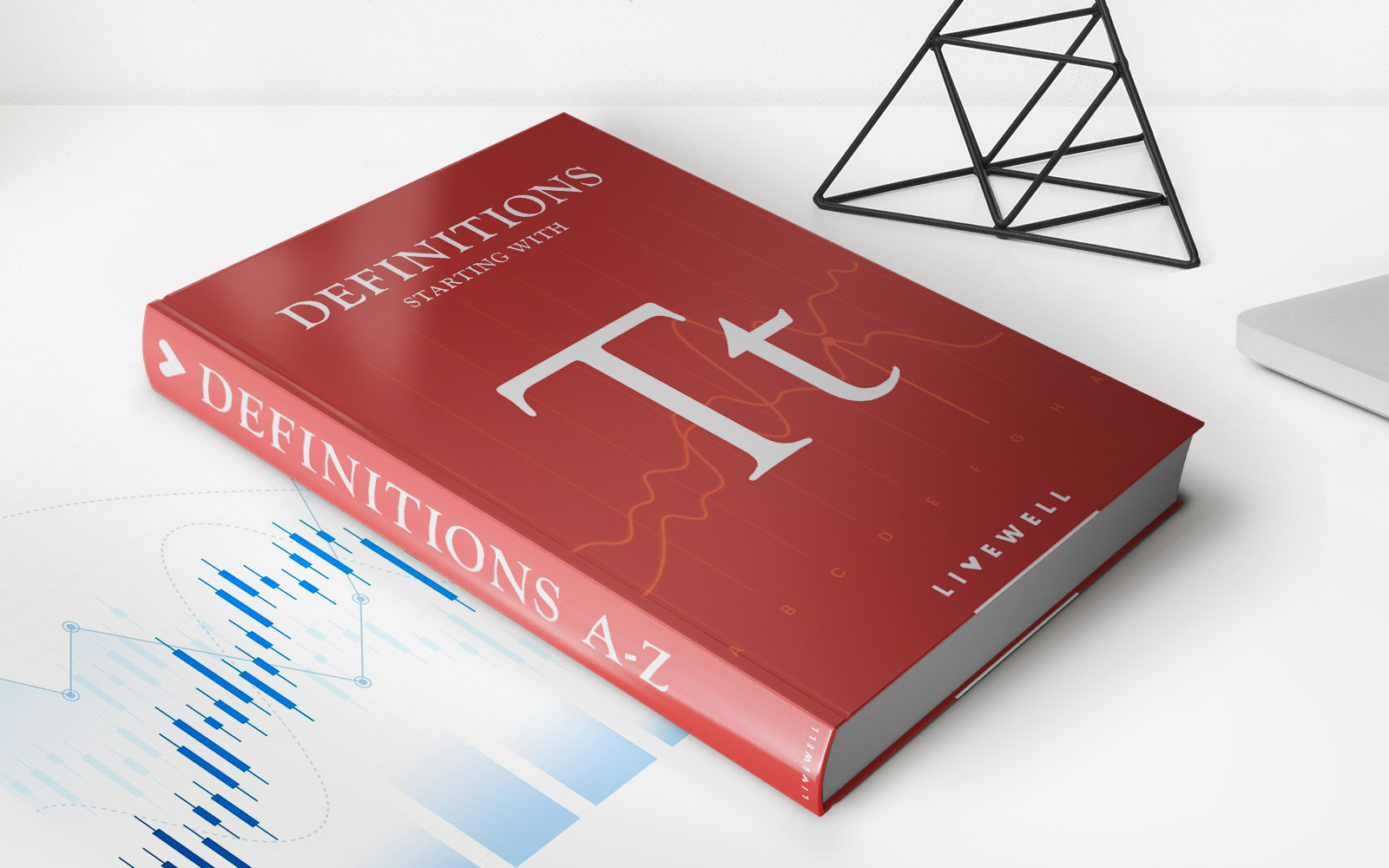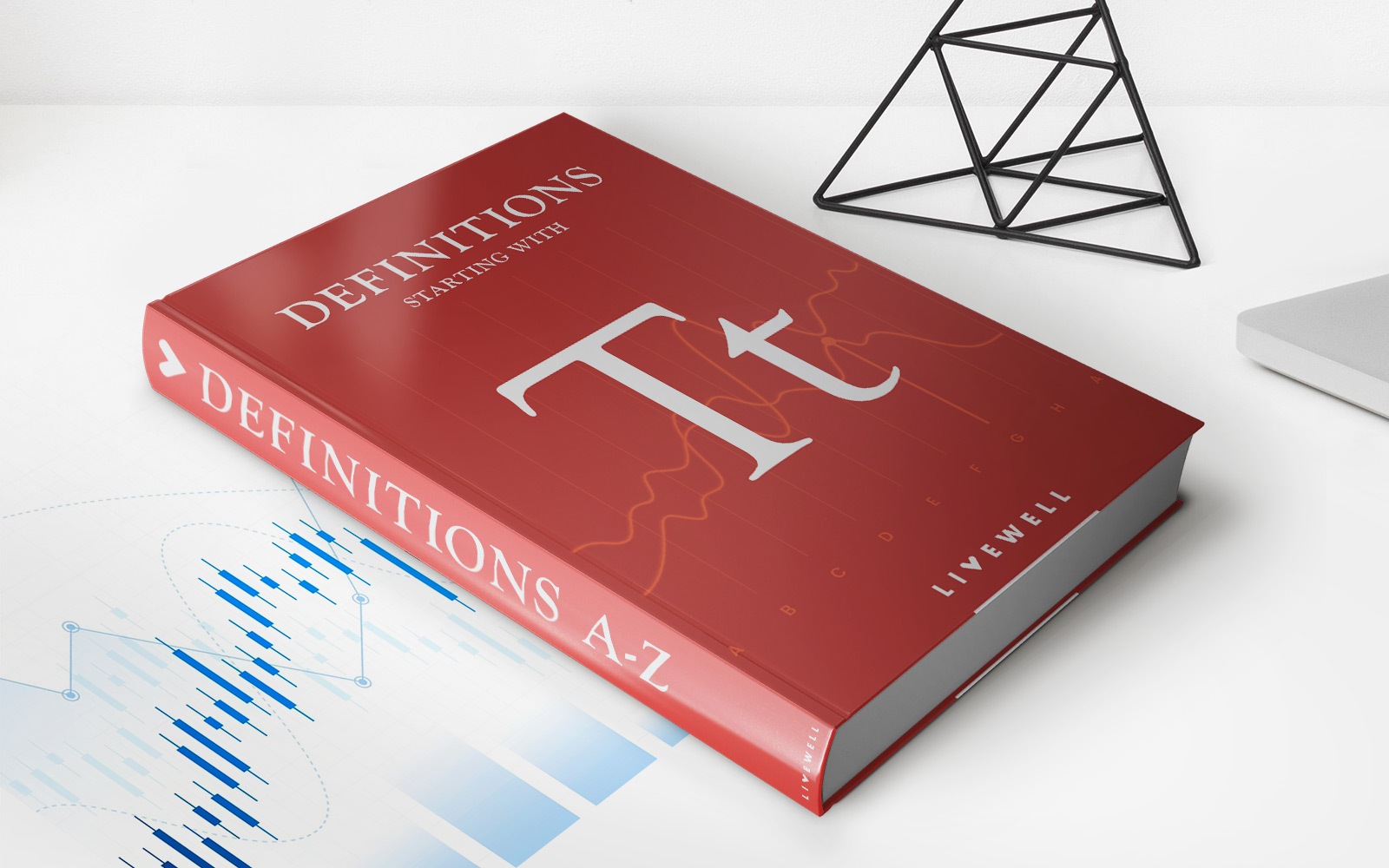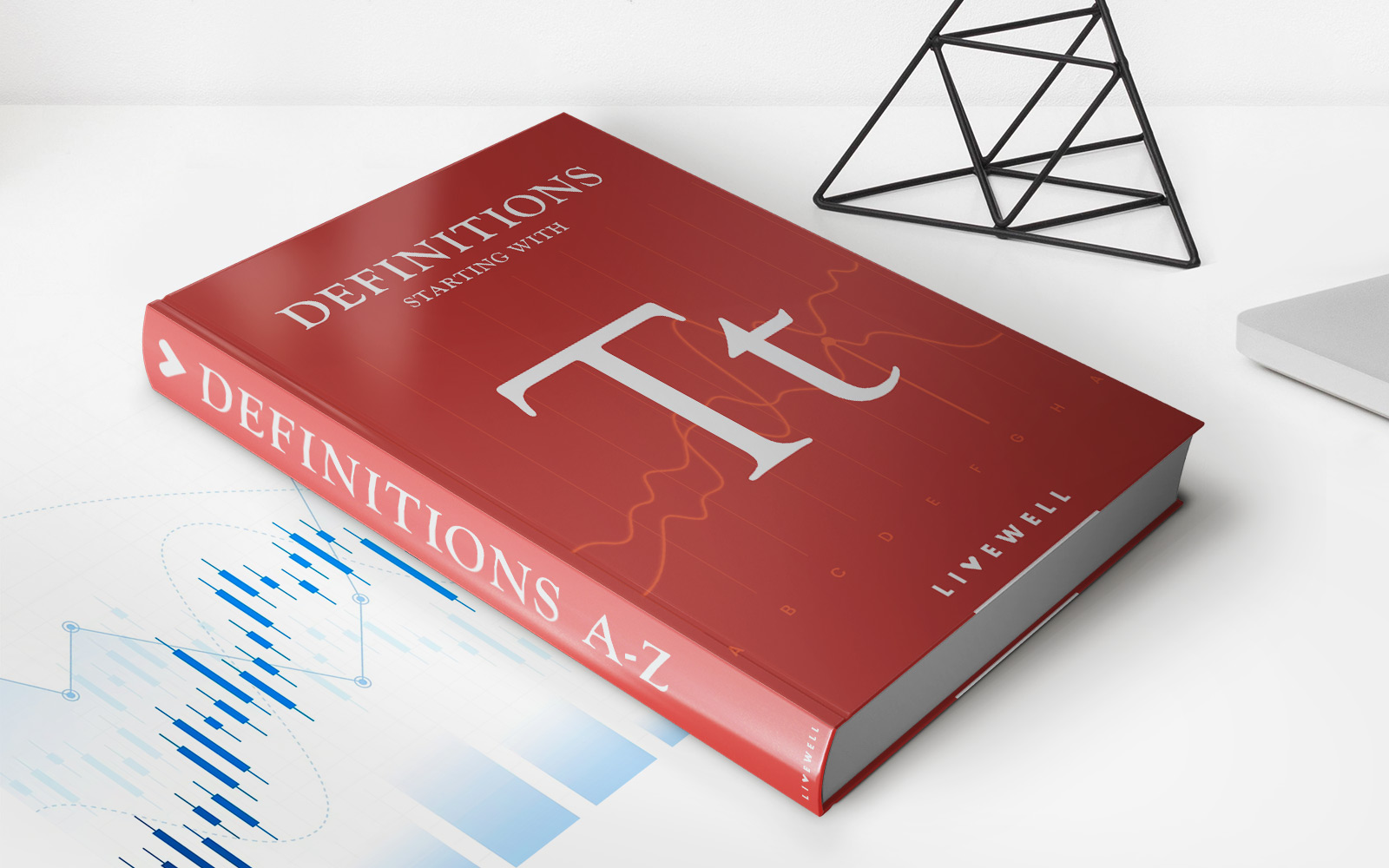

Finance
Grid Trading Definition
Published: December 2, 2023
Learn the definition of grid trading in finance and how it can be used to maximize profits and reduce risks in volatile markets.
(Many of the links in this article redirect to a specific reviewed product. Your purchase of these products through affiliate links helps to generate commission for LiveWell, at no extra cost. Learn more)
Unlocking the Power of Grid Trading in Your Investment Strategy
Welcome to another insightful finance blog post! Today, we’re going to dive into the fascinating world of grid trading. If you’re a savvy investor or trader looking to enhance your portfolio strategy, grid trading might just be the game-changer you’ve been searching for.
Key Takeaways:
- Grid trading is a systematic approach that involves placing buy and sell orders at fixed price levels, forming a grid-like pattern on the trading chart.
- This strategy aims to profit from market volatility by automatically executing trades as the price moves between predetermined levels.
So, what exactly is grid trading? In simple terms, grid trading is a systematic approach that involves placing buy and sell orders at fixed price levels, forming a grid-like pattern on the trading chart. This strategy aims to profit from market volatility by automatically executing trades as the price moves between these predetermined levels.
Grid trading is particularly effective in markets that exhibit range-bound behavior, where prices tend to oscillate within a specific range instead of moving in a clear trend. By taking advantage of these price movements, grid trading allows investors to profit in both upward and downward market scenarios.
Here are a few key components that make up a typical grid trading strategy:
- Grid Levels: Traders set specific price levels at which they will enter buy or sell orders, forming a grid-like pattern on the chart.
- Hedging: To protect against unfavorable price movements, traders may employ hedging techniques by taking opposite positions within the grid.
- Lot Sizes: Each grid level is associated with a specific lot size, determining the quantity of the asset bought or sold at that level.
- Grid Spacing: Traders also determine the spacing or the distance between each grid level, based on their risk tolerance and market analysis.
Now that we understand the basic concept of grid trading, let’s explore some of the benefits and considerations before incorporating this strategy into your investment portfolio.
Benefits of Grid Trading:
- Can produce consistent profits in range-bound markets.
- Allows for customization to fit individual risk appetite and trading preferences.
- Automatically adapts to market conditions and adjusts buy/sell orders accordingly.
- Potential to capitalize on market volatility without relying on the direction of price trends.
While grid trading offers several advantages, it’s important to note a few considerations before implementing it:
Considerations for Grid Trading:
- Requires careful planning and analysis to determine appropriate grid levels and spacing.
- May experience drawdowns or losses during extended periods of trend-dominated markets.
- Requires monitoring and adjustment to keep the grid positions in sync with market conditions.
- Not suitable for all market conditions and asset classes – proper research is necessary.
As with any investment strategy, it’s crucial to thoroughly understand the intricacies of grid trading before jumping in. Conducting extensive research, testing the strategy with virtual or smaller investments, and seeking guidance from experienced traders or financial advisors can help minimize risks and optimize your trading outcomes.
In conclusion, grid trading provides investors with a systematic approach for capitalizing on market volatility within range-bound markets. By implementing a carefully designed grid and effectively managing risk, traders have the potential to generate consistent profits regardless of the direction of price trends.
Remember, like any investment strategy, grid trading carries its own set of risks and requires careful consideration. So, before you start grid trading, take the time to educate yourself, test the waters, and consult with professionals to ensure you’re making informed decisions that align with your financial goals.














